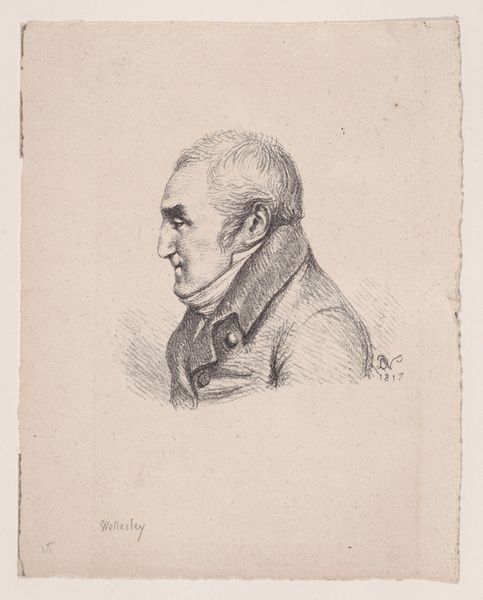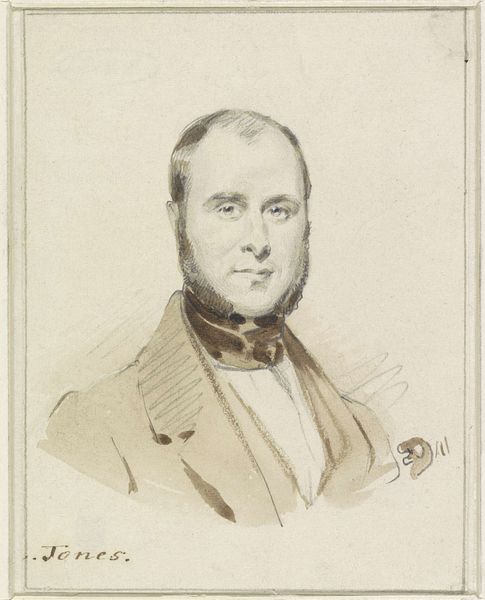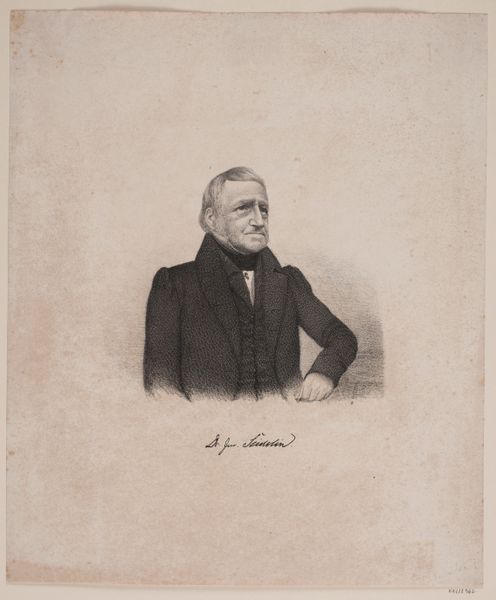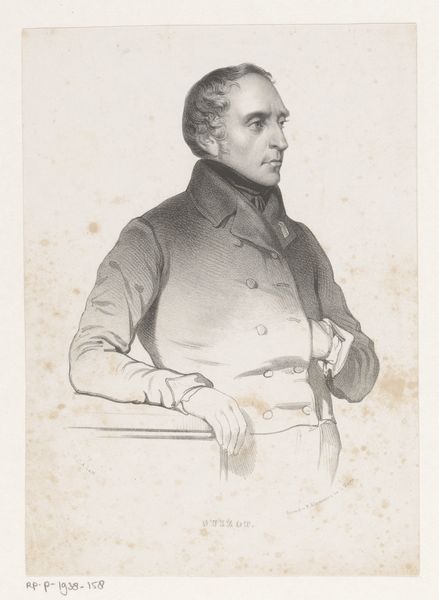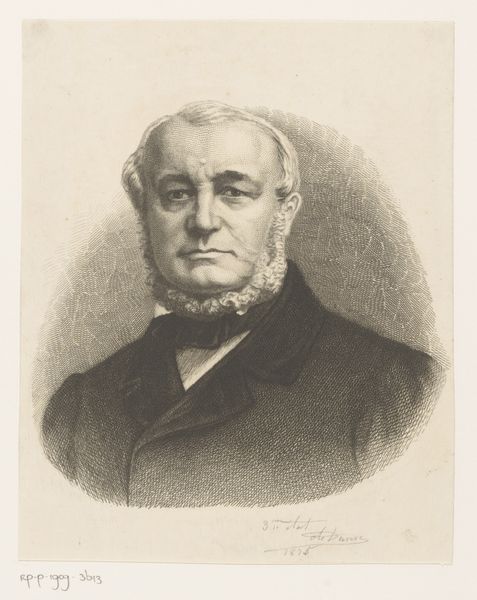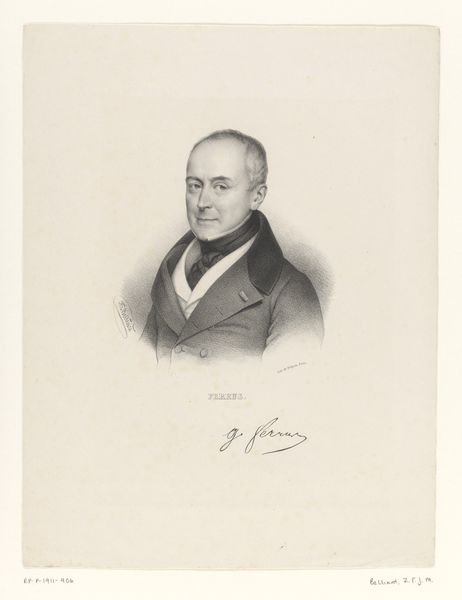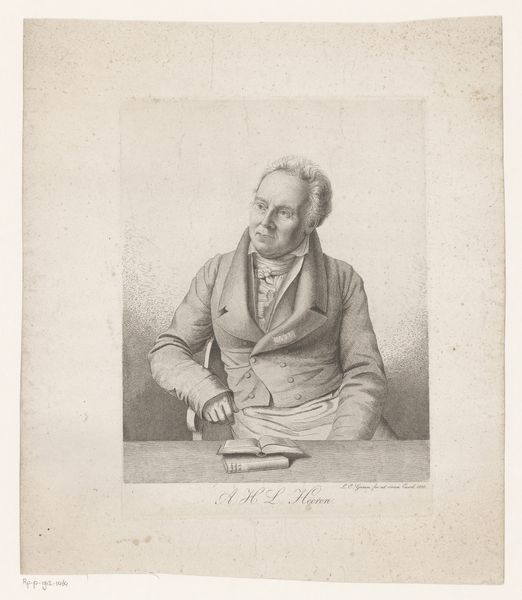
print, engraving
#
portrait
#
neoclacissism
# print
#
engraving
#
realism
Dimensions: plate: 15.4 x 9 cm (6 1/16 x 3 9/16 in.) sheet: 29.6 x 21.3 cm (11 5/8 x 8 3/8 in.)
Copyright: National Gallery of Art: CC0 1.0
Curator: Before us, we have a remarkable engraving crafted in 1774 by Anton Graff, portraying Johann Georg Sulzer. Editor: Immediately, the austerity of the image strikes me; the almost scientific detail with which Sulzer is rendered makes him seem less like a person and more like a specimen under examination. Curator: Precisely! Graff’s work aligns with the Neoclassical embrace of realism and reason. This portrait, rendered in print, captures Sulzer, a prominent figure in his time. Can you sense the weight of intellect behind those etched lines? Editor: I do, and it begs the question: what does it mean to portray a man of supposed reason with such...dispassion? This isn't a flattering depiction; the etching almost seems to emphasize the wrinkles and folds of his face. Is this realism or commentary? Curator: Perhaps it's both. Consider the time – an era striving for objectivity and enlightenment ideals. The visual language seeks truth, moving away from idealized representations. These lines could evoke intellectual rigor, showing his character and the passage of time etched onto his face. Editor: But to whose "truth" are we speaking? As the patriarchy established and promoted what qualified a person of excellence, we should be mindful when interpreting the artist's intentions or the subject's achievements, regardless of his alleged merit in history. Was he really as important as history says? Curator: Well, in the context of its time, this portrait might suggest importance by simply existing as an engraving—a visual symbol commemorating Sulzer’s presence and contributions. Even the artistic process mirrors his achievements. Editor: Yes, I see your point, yet I find myself thinking about the silent narratives here, the individuals outside the frame. Who were the female philosophers overlooked, the thinkers of color excluded? This image makes me consider visibility as a construct, then and now. Curator: Your insights have pushed me to view the image anew. It's incredible how this piece can hold multiple layers—historical record, aesthetic form, and even prompts for challenging dominant narratives. Editor: Absolutely. And recognizing those tensions helps us engage more fully with art and with history.
Comments
No comments
Be the first to comment and join the conversation on the ultimate creative platform.



